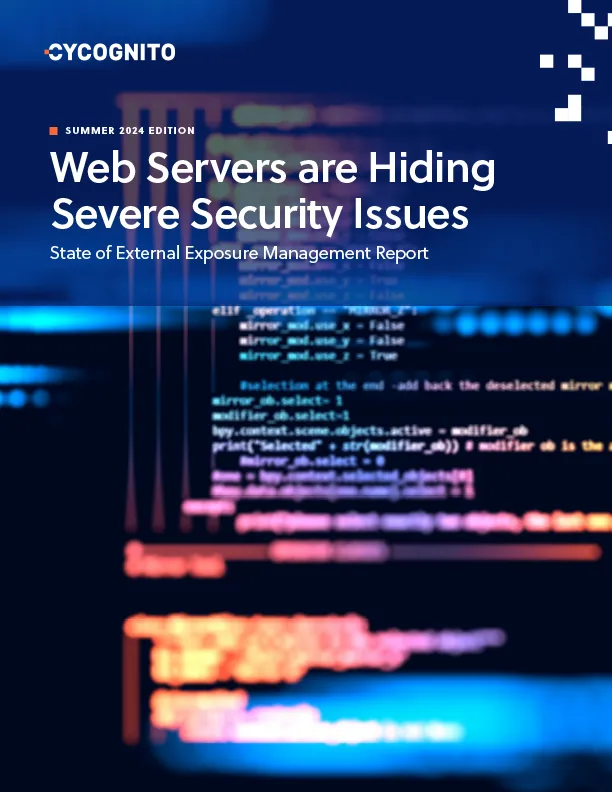A false positive is an alert that a detective and protection software generates when legitimate activity is classified as an attack.
This may not seem as harmful as a false negative, but it can be detrimental in the long term. In the short term, it can result in a website, file, or item being quarantined, blocked, or deleted and in the long term lead to alert fatigue and ignoring alarms. Like “The Boy Who Cried Wolf”, the problem is liars are not believed even when they speak the truth.
False positives can also occur easily in attack surface management when assets are incorrectly attributed to an attack surface. In these cases it’s important to have a facility for vetting these and excluding them from future assessments.
Join Meir Asiskovich, VP of Product at CyCognito, as he demonstrates how your Security team can build a more streamlined and focused attack surface visibility program that eliminates this noise, prioritizing risks based on their business impact, discoverability, and exploitability intelligence.
Use Cases
Manage Your Attack Surface
CyCognito uniquely reveals unknown and unmanaged assets associated with your organization, including assets in cloud, partner, and subsidiary environments.
Platform > Features
Prioritization
Eliminate alert fatigue and focus on the top 1% most critical issues in your attack surface through intelligent, automated risk prioritization.





 Webinars
Webinars